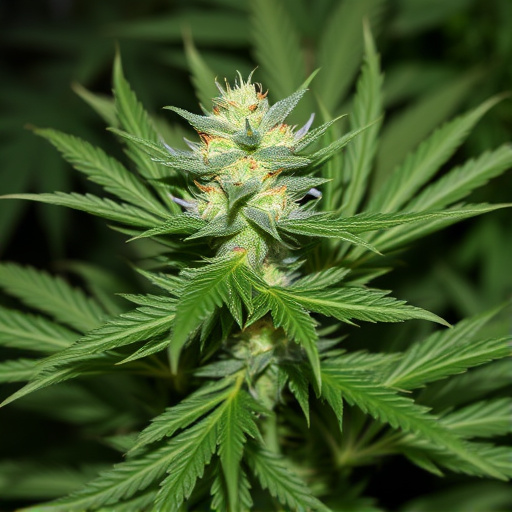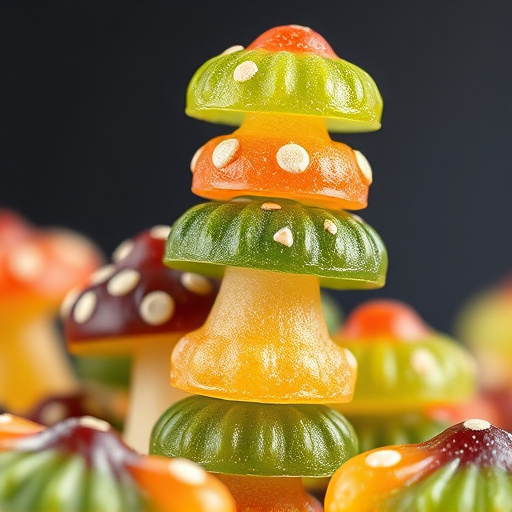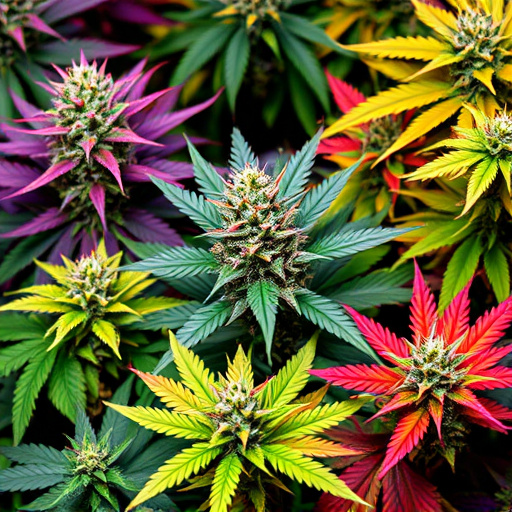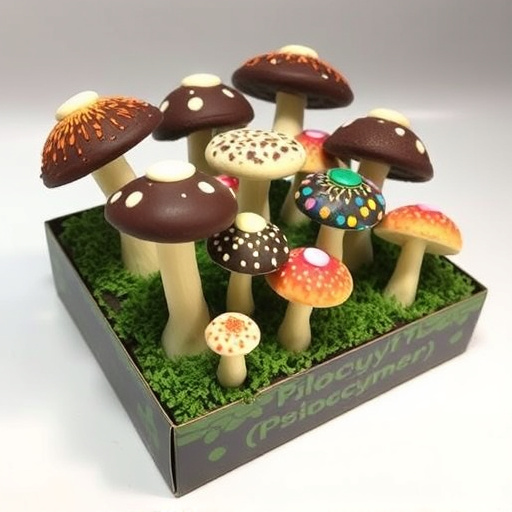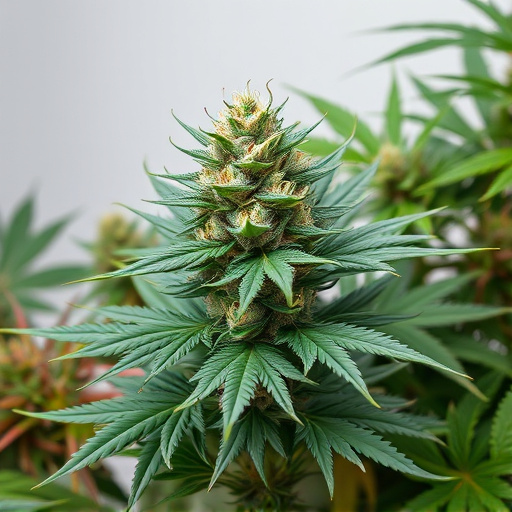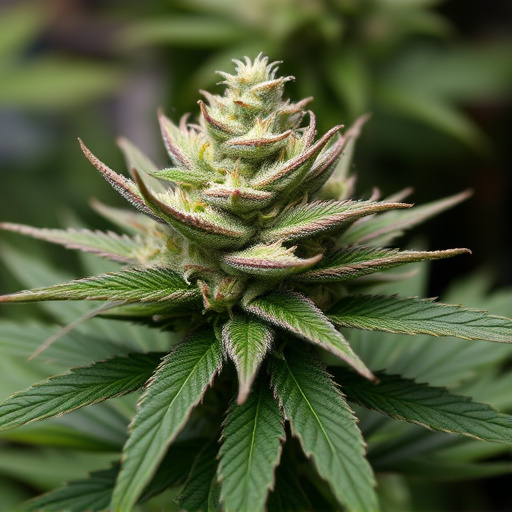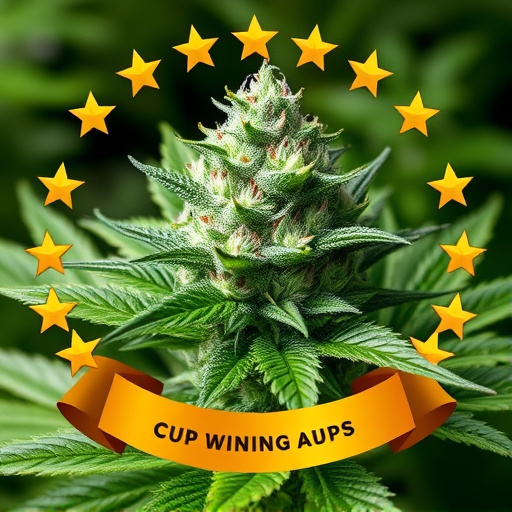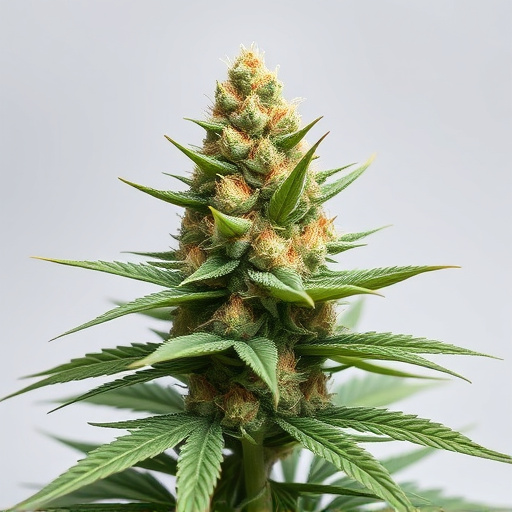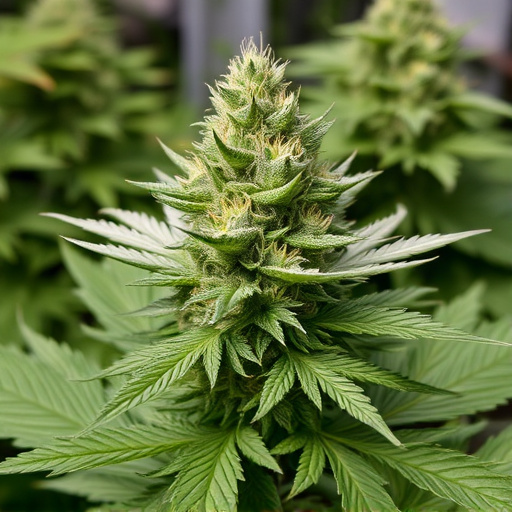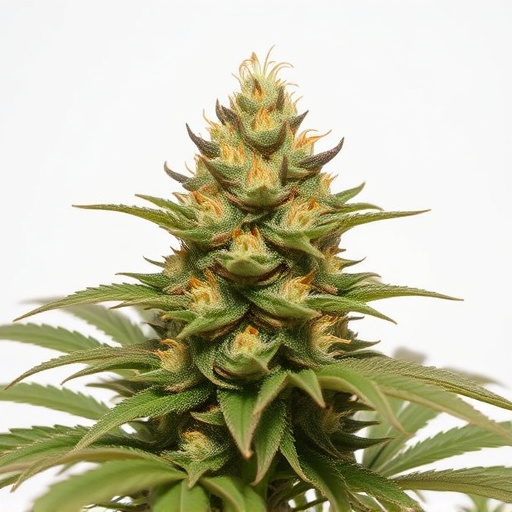Drug testing methods have evolved significantly with the rise of cannabis, both recreational and medicinal. Traditional urine tests are supplemented by more advanced techniques like blood, saliva, and hair follicle analysis, which can detect THC presence for up to 90 days after consumption. Cannabis cup winning strains, known for high THC levels and distinct terpenes, pose unique challenges in drug screenings due to their extended detectability (up to 90 days) through various testing methods. These complex strains require nuanced testing approaches to accurately identify them.
“Discover how weed can show up in drug tests, even from exposure to cannabis cup-winning strains. This comprehensive guide explores common testing methods and the surprising ways cannabis remains detectable in your system. Learn about the science behind cannabis metabolism and how it interacts with various drug screening techniques. Understand which strains are more likely to trigger positive test results and gain insights into minimizing risks. By understanding these factors, you’ll be better equipped to navigate post-event drug tests.”
- Understanding Drug Testing Methods
- The Presence of Cannabis in Your System: How It Happens
- Cannabis Cup Winning Strains and Their Detection in Tests
Understanding Drug Testing Methods
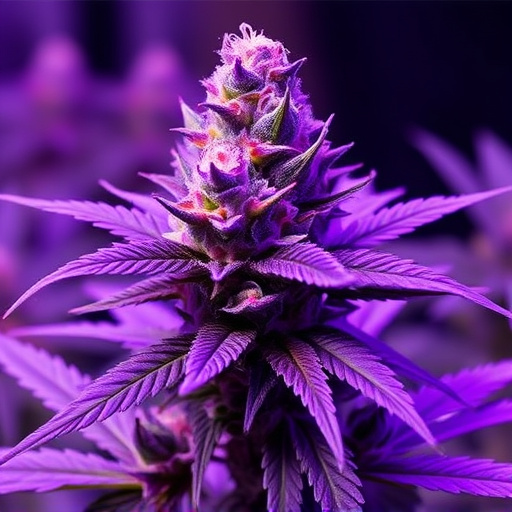
Drug testing methods have evolved significantly, especially with the increasing prevalence of recreational and medical cannabis use. Traditional urine tests remain common but are increasingly being supplemented by more advanced techniques like blood, saliva, and hair follicle analysis. These various methods detect different compounds, offering a comprehensive view of an individual’s drug history. For instance, while urine tests primarily look for metabolites like THC (the active component in cannabis), hair follicle samples can reveal THC presence for up to 90 days after consumption, making them particularly useful in situations where extended drug use needs to be confirmed, such as workplace or legal cases involving high-risk professions.
Furthermore, the world of cannabis, especially winning strains at prestigious events like the Cannabis Cup, introduces unique challenges. These strains often contain higher THC levels and distinct terpenes, which can affect testing outcomes. Advanced tests that identify specific cannabinoids and their ratios are becoming more common to account for these variations. This evolution in drug testing methods underscores the need for individuals using cannabis, whether for medicinal or recreational purposes, to be aware of its potential long-lasting effects on drug screenings.
The Presence of Cannabis in Your System: How It Happens

Cannabis, or weed, can remain present in your system for varying periods after consumption, which is a key consideration when it comes to drug testing. The presence of cannabis isn’t just limited to the immediate effects felt after smoking or ingesting it; instead, it’s metabolized and stored in the body’s fat cells and organs, leading to a potential window of detectability that can last for weeks or even months. This is particularly relevant when considering cannabis cup winning strains known for their potent THC levels, as these could significantly extend the duration of detectability.
The process begins with the consumption of cannabis, which introduces tetrahydrocannabinol (THC), the primary psychoactive compound, into the body. THC is fat-soluble, meaning it readily binds to adipose tissue and other fatty parts of the body like the liver and bones. This binding results in long-term storage, allowing traces of THC to be detected through various drug testing methods even after the effects have worn off. Additionally, cannabis can also be detected in urine, blood, and hair samples, offering different timelines for identification, with urinalysis typically showing results for up to 30 days post-consumption, while hair folicle tests can reveal use up to 90 days or more back.
Cannabis Cup Winning Strains and Their Detection in Tests
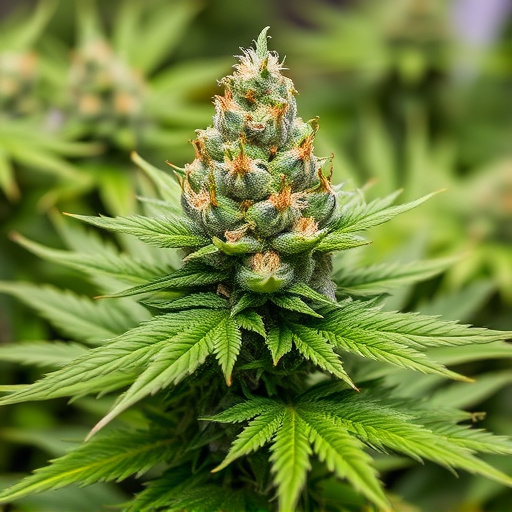
When it comes to cannabis cup winning strains, their unique blends and high concentrations of THC have made them a subject of interest for drug testing purposes. These top-tier varieties, often hailed as game changers in the industry, can leave detectable traces in tests due to their potency. Given their ability to elevate user experiences, it’s not surprising that researchers and employers alike are keen on identifying these strains in drug screening processes.
Many cannabis cup winners possess complex chemical profiles, with specific terpene and cannabinoid combinations that set them apart. These intricate compositions can remain in the body for varying periods after consumption, making them potential indicators during drug tests. For instance, strains known for their high CBD content might show up differently compared to those rich in THC, offering a more nuanced understanding of an individual’s recent cannabis exposure.
Weed, or cannabis, can remain detectable in drug tests for varying periods, depending on factors like frequency of use and metabolism. While it may be a popular choice among enthusiasts, especially those celebrating victories with cannabis cup-winning strains, individuals should be aware that these potent varieties can significantly impact test results. Understanding how cannabis shows up in drug screens is crucial, particularly when participating in activities that require clean, drug-free testing. Staying informed about the persistence of THC and its metabolites ensures responsible use and accurate test outcomes.

